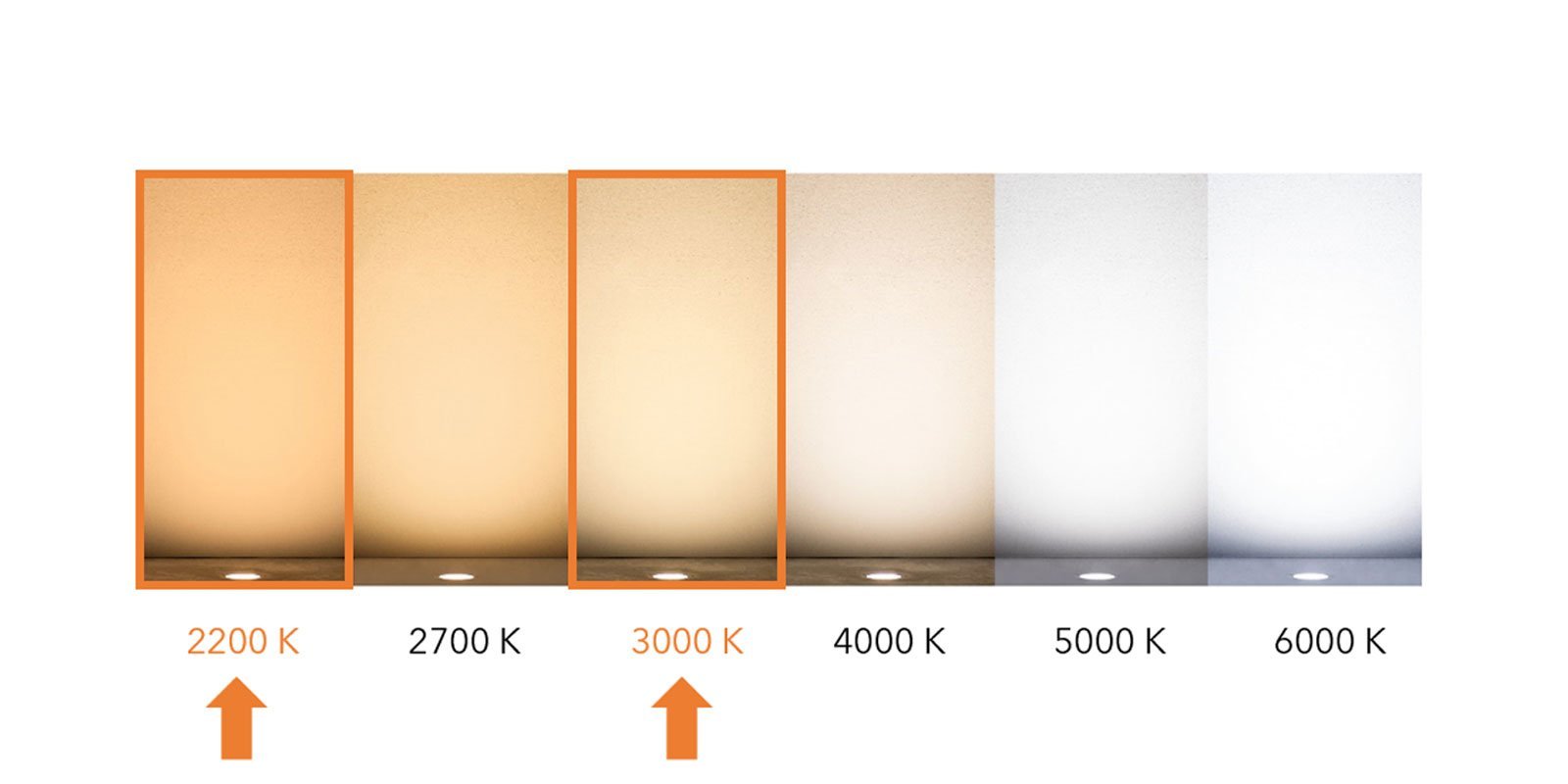Wild-Light From WE-EF
This content was originally published on the WE-EF website.
Respect for the dark and a balance between the needs of people as users of light and consideration of the climate, flora and fauna – these are the criteria by which lighting concepts for outdoor spaces are measured today. WE-EF has developed ecologically compatible lighting solutions that it calls “Wild-Light,” which enable adaptive lighting of streets, paths and open spaces – not just with regard to the brightness level, but also the colour temperature.
People who use streets, paths or open spaces in the dark want to feel safe and have good visual orientation. Paths or destinations such as car parks or bus stops should be visible from afar and therefore continuously illuminated at night, as laid down in the relevant standards such as EN-13201-2. How can such requirements be reconciled with optimal protection of the environment, for example, in or near nature reserves and similar sensitive areas? WE-EF’s answer is Wild-Light lighting technology. It uses the scope for adaptive light that is opened up by the new version of DIN 13201-1:2021-09, not just to gradate the illuminance level, but also to vary the colour temperature – a factor that is particularly important for wildlife.
One luminaire, two colour temperatures
According to the latest research, extremely warm-coloured light with a minimised blue component is particularly kind to animals, insects or nocturnal mammals. However, the colours and contrasts of such light are not as good for the human eye as conventional LEDs in warm white with 3000 K. Wild-Light offers a solution to this dilemma in the form of an integrated system of adaptive lighting technology, sensors and connectivity. For this, WE-EF has combined LED modules in two different temperature colours in suitable luminaires such as those in pole luminaires – the more nature-friendly colour temperature of 2200 K and warm white with 3000 K.
As the OLC® One LED Concept LED lens systems from WE-EF follow the multi-layer principle, each individual LED also illuminates the entire assessment field with Wild-Light. Illumination layers are created that add up evenly and efficiently – regardless of the activated colour temperature. This means that Wild-Light can also be combined with all OLC® light distributions.
Some areas of ecological significance require continuous gentle illumination for human safety. Here, Wild-Light uses a warm colour temperature of 2200 K at a low level.
Wild-Light combines a biodiversity friendly light colour, with 2200 K colour temperature, on a low level, with very reduced blue hue content that can disrupt wildlife habits and a warm white 3000 K, comfortable and safe for citizens and cyclists at night.
Timer or motion sensor control
The different-coloured LED modules are each supplied by one DALI ballast per colour channel. There are two Wild-Light control variants: “Wild-Light Advanced” and “Wild-Light Motion.”
“Wild-Light Advanced” is a time-based control. Both colour temperatures are controlled independently of one another with the well-proven Eco Step Dim® Advanced control system from WE-EF with, for example, 3000 K in the two hours after sunset or before sunrise and during the rest of the night with 2200 K. The LEDs can also be dimmed to pre-programmed values.
In contrast, “Wild-Light Motion” is based on motion detection. The ecologically compatible light colour 2200 K stays on throughout the night, is not controlled and provides basic lighting. The 3000 K channel is switched on via a connected motion detector and can be controlled, for example, by the Eco Step Dim® Motion system. WE-EF luminaires with an appropriate Zhaga “Book 18” socket can be fitted with sensors; with other luminaires a separate motion box houses the additional components.
Wild-Light Eco Step Dim® Advanced – fully automatic dimming preset, starting the night with warm white (3000 K from 20:00 to 22:00), reduced to biodiversity friendly in the heart of the night (2200 K from 22:00 to 06:00), and returning back to warm white in the early morning (3000 K from 06:00 to 07:00). This is the easiest solution to implement
Wild-Light Eco Step Dim® Motion – the biodiversity friendly 2200 K is on throughout the night on a low level, preserving wildlife and saving energy. At the presence of a pedestrian or cyclist, additional warm white 3000 K switches on, and will immediately return back to only 2200 K when no one is around. This is the solution to prefer for optimal wildlife preservation and maximised energy savings.
An element of the WE-EF sustainability strategy
With Wild-Light, WE-EF is developing lighting solutions that minimise the negative impact on the environment, save energy as well as offer users convenience and safety. The technology is based on proven components and offers the quality, reliability and durability that the WE-EF brand stands for as an all-round sustainable concept.





